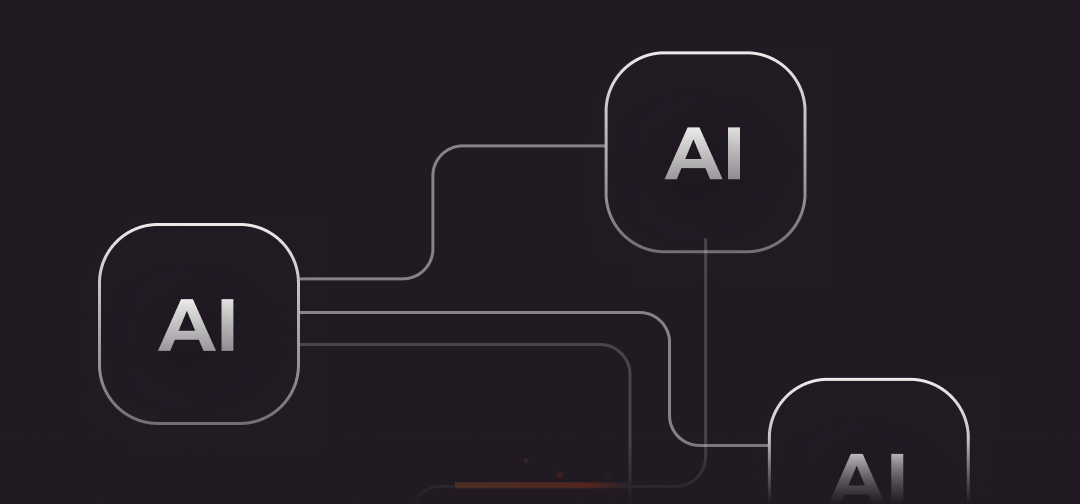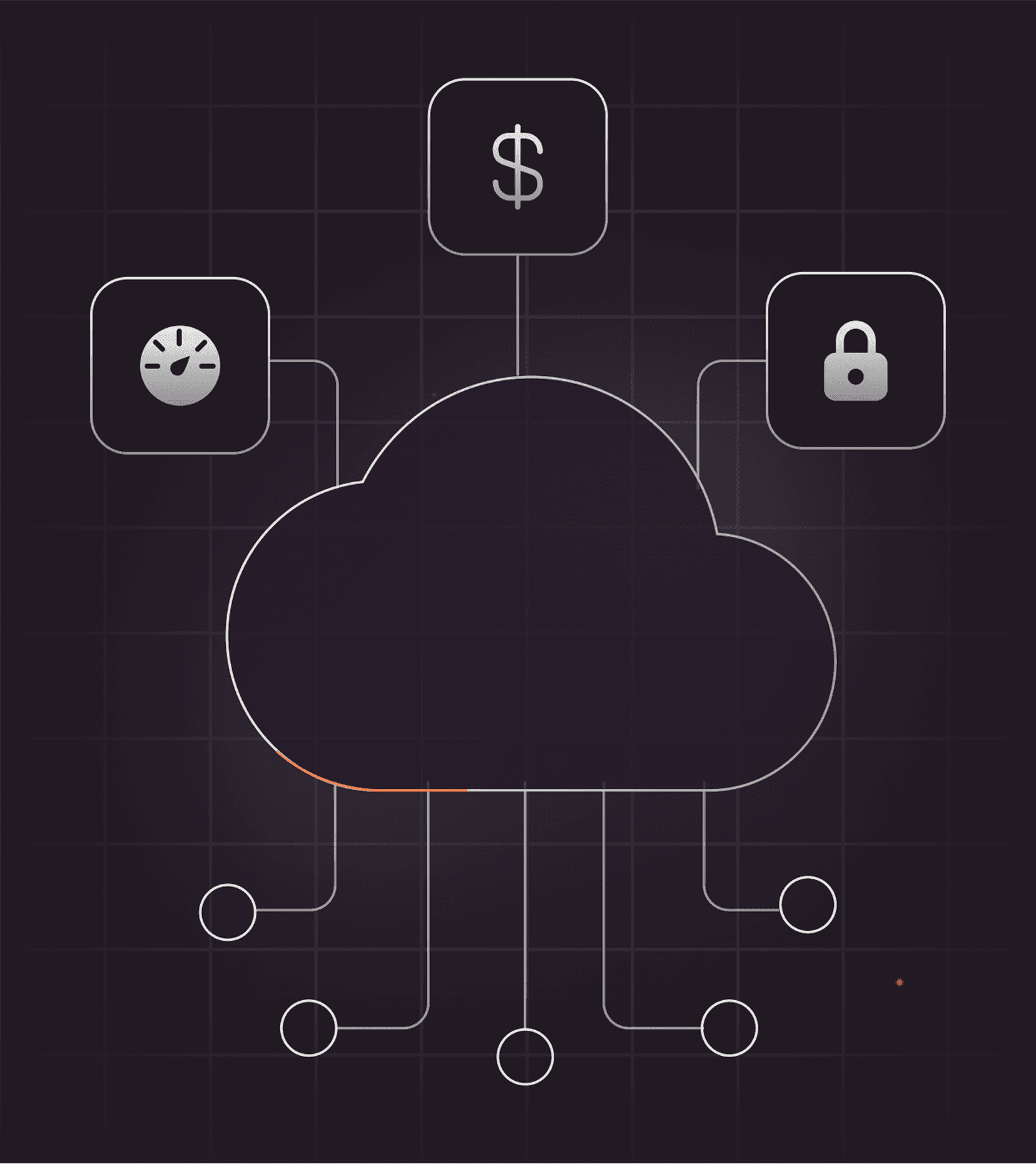
Everywhere Inference
Serverless inference with just 3 clicks. Built for speed, simplicity, and scalability.
Run anywhere, scale everywhere
Everywhere Inference is Gcore’s public, serverless platform for AI inference that delivers high performance and global scalability with zero infrastructure management.
Launch inference in just three clicks, with full visibility into performance, usage, and spend.
Why Gcore Everywhere Inference?
High performance
Deliver ultra-fast AI applications with smart routing powered by Gcore’s CDN network of over 210 PoPs worldwide.

Dynamic scalability
Adapt to changing demands with real-time scaling. Deploy AI workloads seamlessly across the globe.

Cost efficiency
Optimize spending for informed decision-making with intelligent resource allocation and granular cost tracking.

Quick time-to-market
Accelerate AI development by focusing on innovation while Everywhere Inference handles infrastructure complexities.

Regulatory compliance
Serve workloads in the region of your choice with smart routing, simplifying compliance with local data regulations and industry standards.

Enterprise-ready reliability
Leverage secure, scalable infrastructure with integrated security, data isolation, and multi-tenancy for reliable performance.

Experience it now
Try Gcore Everywhere Inference for yourself using our playground.
SDXL-Lightning
Image generationMistral-7B
LLM / ChatWhisper-Large
ASR
Generate an image
AI models featured within the Playground may be subject to third-party licenses and restrictions, as outlined in the developer documentation.
Gcore does not guarantee the accuracy or reliability of the outputs generated by these models. All outputs are provided “as-is,” and users must agree that Gcore holds no responsibility for any consequences arising from the use of these models. It is the user’s responsibility to comply with any applicable third-party license terms when using model-generated outputs.
Optimize AI inference for speed, scalability, and cost efficiency
Easily manage and scale your AI inference workloads with Gcore’s flexible, high‑performance solution, designed to optimize both speed and cost.
AI infrastructure built for performance and flexibility

Smart routing for optimized delivery
Automatically direct workloads to the nearest data center, reducing latency and simplifying compliance.
Multi-tenancy across multiple regions
Support various user entities and applications simultaneously, with efficient scalability across multiple locations.
Real-time scalability for critical workloads
Dynamically adjust your AI infrastructure to meet the demands of time-sensitive applications, maintaining consistent performance as demand fluctuates.
Flexibility with open-source and custom models
Deploy AI models effortlessly—choose from our ready-to-use model library or bring your own custom models to meet your needs.
Granular cost control
Access real-time cost estimates with per-second GPU billing, offering full transparency and optimized resource usage.
Comprehensive observability
Track performance and logs with detailed monitoring tools to maintain seamless operations.
A flexible solution for diverse use cases
Telecommunications
- Predictive maintenance/anomaly detection
- Network traffic management
- Customer call transcribing
- Customer churn predictions
- Personalised recommendations
- Fraud detection
Healthcare
- Drug discovery acceleration
- Medical imaging analysis for diagnostics
- Genomics and precision medicine applications
- Chatbots for patient engagement and support
- Continuous patient monitoring systems
Financial services
- Fraud detection
- Customer call transcribing
- Customer churn predictions
- Personalised recommendations
- Credit and risk scoring
- Loan default prediction
- Trading
Retail
- Content generation (image, video, text)
- Customer call transcribing
- Dynamic pricing
- Customer churn predictions
- Personalised recommendations
- Fraud detection
Energy
- Real-time seismic data processing
- Predictive maintenance / anomaly detection
Public sector
- Emergency response system management
- Chatbots processing identifiable citizen data
- Traffic management
- Natural disaster prediction
Frequently asked questions
What is AI inference?
How can I start using this service?
What is the difference between AI inference at the edge and in the cloud?
Is Gcore Everywhere Inference suitable for AIoT systems?
Can I use the OpenAI libraries and APIs?
What are the advantages over mutualized LLM API services?
Do you have pay-per-token hosted models?
Why is the NVIDIA L40S GPU ideal for AI inference?
Contact us to discuss your project
Get in touch with us and explore how Everywhere Inference can enhance your AI applications.